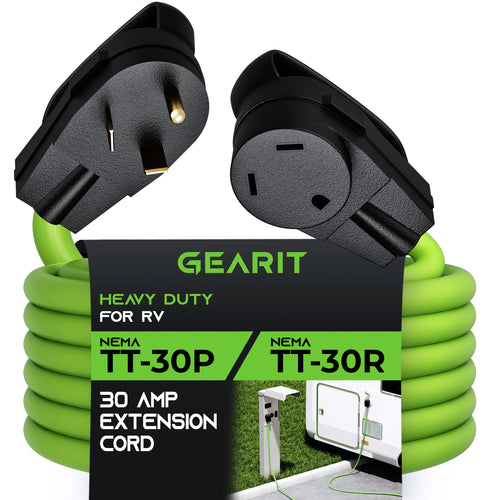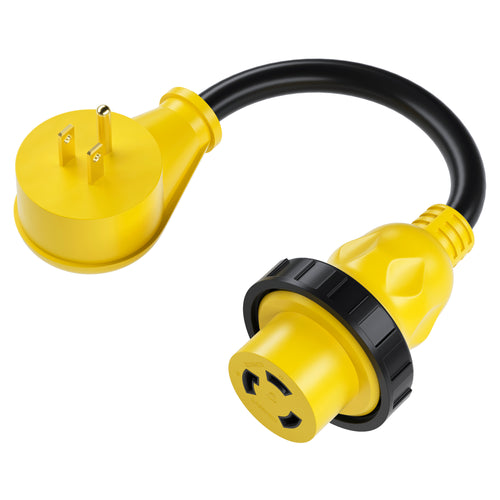
Choosing the right enclosure to protect your equipment is important, and understanding the difference between NEMA 12 vs. NEMA 4 can help you make the best choice. NEMA 4 enclosures are great for tough conditions because they protect against dust, water, and rust. NEMA 12 enclosures focus on keeping out dust and non-corrosive liquids, making them better for indoor use.
This guide will explain the differences and help you pick the enclosure that’s right for your needs.
What Are NEMA Enclosures?
NEMA enclosures, as rated by the National Electrical Manufacturers Association, provide a standardized way to measure the protective capabilities of enclosures designed for electrical components. These ratings define how well the enclosures shield against hazards like dust, water, oil, and environmental factors such as corrosion and weather.
What Is a NEMA 12 Enclosure?
NEMA 12 enclosures are purpose-built for indoor environments where dust, dirt, and dripping liquids like non-corrosive oils or coolants pose a risk. They are not designed for outdoor use but excel in protecting sensitive equipment in controlled settings.
Key Features:
- Provides protection against dust, dirt, and airborne particles.
- Shields equipment from dripping water or light splashes, common in industrial environments.
- Resistant to oils and coolants, making them suitable for manufacturing settings.
Where You’ll Find NEMA 12 Enclosures:
- Manufacturing Plants: Protects control panels and electrical systems from dust and light splashes.
- Processing Plants: Keeps tools and machinery safe from dirt and oil contamination.
- Tooling Areas: Ensures equipment operates reliably in dusty conditions.
What Is a NEMA 4 Enclosure?
NEMA 4 enclosures are designed for both indoor and outdoor use, offering robust protection against harsh conditions. Their rugged construction makes them suitable for environments with exposure to water, wind-driven particles, or high-pressure water jets.
Key Features:
- Protects against dust, windblown debris, and water, including hose-directed spray and rain.
- Withstands sunlight and outdoor elements, offering excellent corrosion resistance.
- Ideal for environments requiring frequent cleaning or sanitation.
Where You’ll Find NEMA 4 Enclosures:
- Outdoor Applications: Safeguards equipment in kiosks, signage, or exposed industrial setups.
- Washdown Areas: Perfect for industries like food processing where equipment undergoes regular cleaning.
- Telecommunications: Protects sensitive components in exposed or high-moisture areas.
NEMA 12 vs. NEMA 4: Key Differences
Understanding the differences between NEMA 12 and NEMA 4 enclosures is crucial to selecting the right one for your needs.
Here’s a side-by-side comparison to help
|
Feature |
NEMA 12 |
NEMA 4 |
|
Environment |
Indoor |
indoor and outdoor |
|
Dust Protection |
High |
High |
|
Water Resistance |
Protects against dripping water and splashes |
Protects against rain, splashes, and hose-directed water |
|
Corrosion Resistance |
Limited |
Excellent (resists sunlight and moisture) |
|
Applications |
Factories, control panels, manufacturing |
Outdoor kiosks, industrial washdown areas |
Pro Tips📌:
NEMA 12 is perfect for dry, controlled environments with minimal water exposure, while NEMA 4 offers the toughness required for outdoor or wet conditions.
By understanding what each NEMA rating offers, you can ensure your equipment stays safe and works as expected. If you’re also looking for versatile solutions to connect your equipment, explore our NEMA Adapters to find the perfect match for your setup.
Common Misconceptions About NEMA 12 and NEMA 4
NEMA 12 Is Weatherproof
- Reality: NEMA 12 provides some protection against light splashes but is not suitable for outdoor environments. Extended exposure to rain or weather can compromise its effectiveness.
NEMA 4 Is Overkill for Indoor Use
- Reality: While NEMA 4 enclosures excel outdoors, they are also great for demanding indoor environments such as washdown areas where high-pressure cleaning is involved.
One Size Fits All
- Reality: Each NEMA rating is designed for specific environmental conditions. Using an under-specified enclosure can lead to equipment failure, while over-specifying may unnecessarily increase costs.
Factors to Consider When Choosing an Enclosure
When deciding between NEMA 12 and NEMA 4, it’s essential to evaluate the specific needs of your application. Here are the most important factors to weigh:
1. Environmental Conditions
- Indoor, Controlled Environments: NEMA 12 is sufficient for areas where dust and light liquids are the primary concerns.
- Outdoor or Harsh Conditions: NEMA 4 is the better choice for environments exposed to rain, hose-directed water, or sunlight.
2. Application Requirements
- Identify whether the equipment will face risks like high-pressure water, dirt, or debris. For example:
- Factory Control Panels: NEMA 12 works well.
- Food Processing Equipment: NEMA 4 is a safer choice due to its washdown capability.
3. Budget Considerations
- NEMA 12 enclosures are more cost-effective for general indoor use.
- While more expensive, NEMA 4 enclosures provide long-term durability and protection for challenging environments.
4. Longevity and Maintenance
- Outdoor or wet areas often require additional durability, making NEMA 4’s corrosion resistance a valuable feature.
NEMA 12 Applications
- Manufacturing Facilities: Protection against dust and oil.
- Control Panels: Shields electrical components from contamination.
- Tooling Areas: Safeguards tools and machinery from dirt and moisture.
NEMA 12 enclosures often come in materials like aluminum and stainless steel, providing added durability in demanding tasks.
These features make them an important part of many industrial settings.
How to Choose the Right Enclosure for Your Needs?
Selecting the appropriate enclosure doesn’t have to be overwhelming. Follow these steps for a hassle-free process:
- Assess the Environment: Determine whether your application is indoor or outdoor and identify potential hazards like water or dirt.
- Understand Specific Risks: Will the equipment face frequent cleaning, exposure to rain, or potential corrosion?
- Set Your Budget: Decide how much you’re willing to invest and balance cost with protection needs.
- Consult Experts: Don’t hesitate to reach out to professionals for guidance on the right NEMA rating.
- Make Your Choice: Based on your assessment, select the enclosure that meets your requirements.
Conclusion: Making the Right Choice
When it comes to protecting your equipment, choosing the right NEMA enclosure is crucial.
- Choose NEMA 12 if your equipment is in a controlled indoor setting where dust and non-corrosive liquids are the main concerns. It’s cost-effective and perfect for factories, manufacturing facilities, and tooling areas.
- Choose NEMA 4 for more demanding conditions, whether indoor or outdoor. With its ability to resist rain, high-pressure water jets, and corrosion, it’s the ideal choice for outdoor kiosks, food processing areas, and harsh environments.
By carefully assessing your environmental needs and application requirements, you can ensure the safety and longevity of your equipment. If you need additional support or high-quality NEMA-rated enclosures, consult with trusted suppliers to find the best fit for your setup.
If you're also in need of NEMA-rated solutions for your power setup, check out our NEMA 30 Amp Plug collection for durable and dependable options.
Frequently Asked Questions
Learn about the features and usage of NEMA 12 and NEMA 4 enclosures. These queries will help you understand suitability for corrosion, outdoor use, and related specifications.
Is NEMA 4 corrosion-resistant?
Yes, NEMA 4 enclosures can be made from materials that resist corrosion. This makes them useful in environments that might damage other materials, ensuring long-lasting protection.
Can NEMA 12 be used outdoors?
NEMA 12 is designed primarily for indoor use. It offers protection against dust and non-corrosive liquids. If outdoor use is required, NEMA 4 would be a better choice because of its additional resistance to environmental factors.
Is NEMA 12 weatherproof?
No, NEMA 12 is not considered weatherproof. It protects against dust and dripping water, but it does not offer the same level of weather protection as NEMA 4, which is designed for harsher conditions.
What IP rating is NEMA 12?
NEMA 12 generally corresponds to an IP54 rating. This means it provides protection against limited dust ingress and water spray from any direction, making it fit for certain indoor industrial conditions.
What is the difference between NEMA 4 and IP?
NEMA 4 enclosures are roughly equivalent to an IP66 rating. This means they offer more protection against dust and are also waterproof, safeguarding against strong water jets, which is apt for outdoor uses.



























